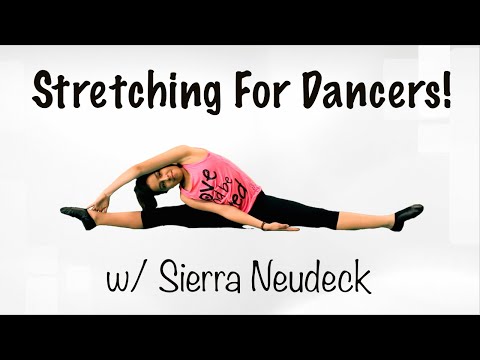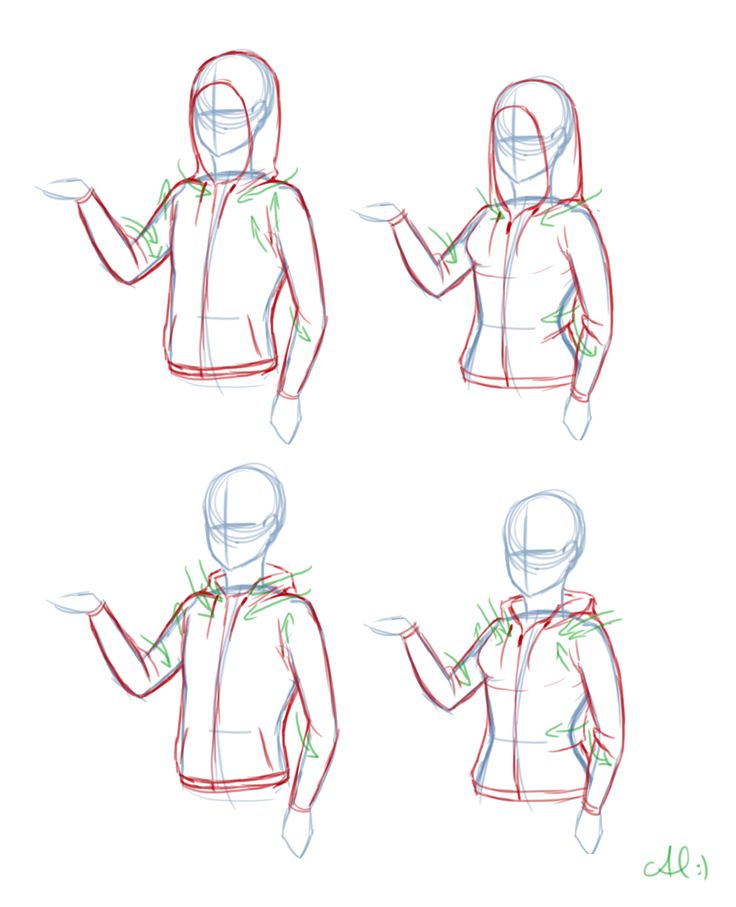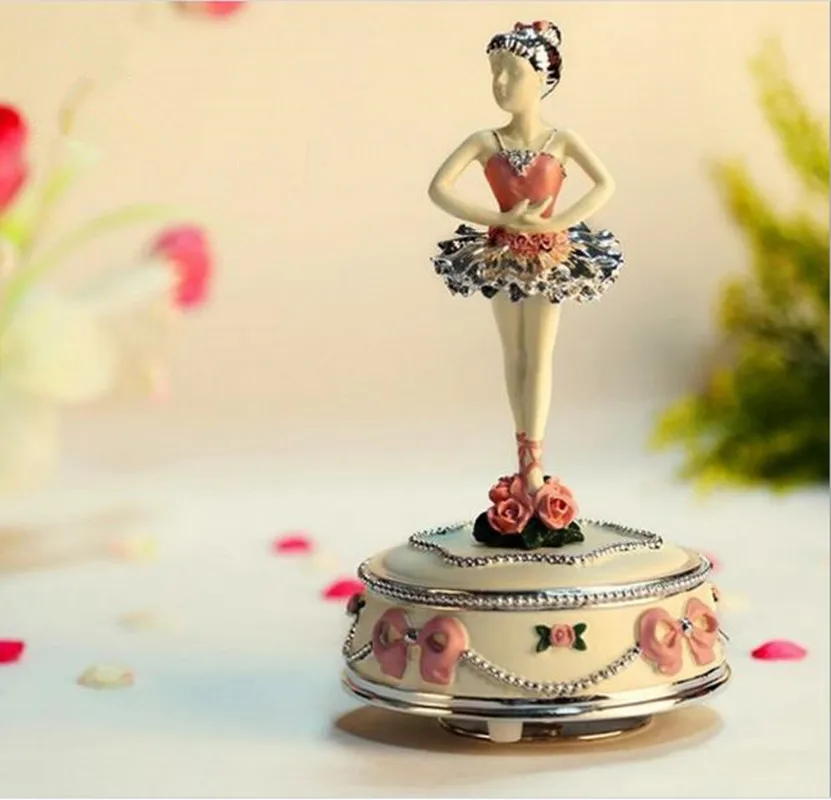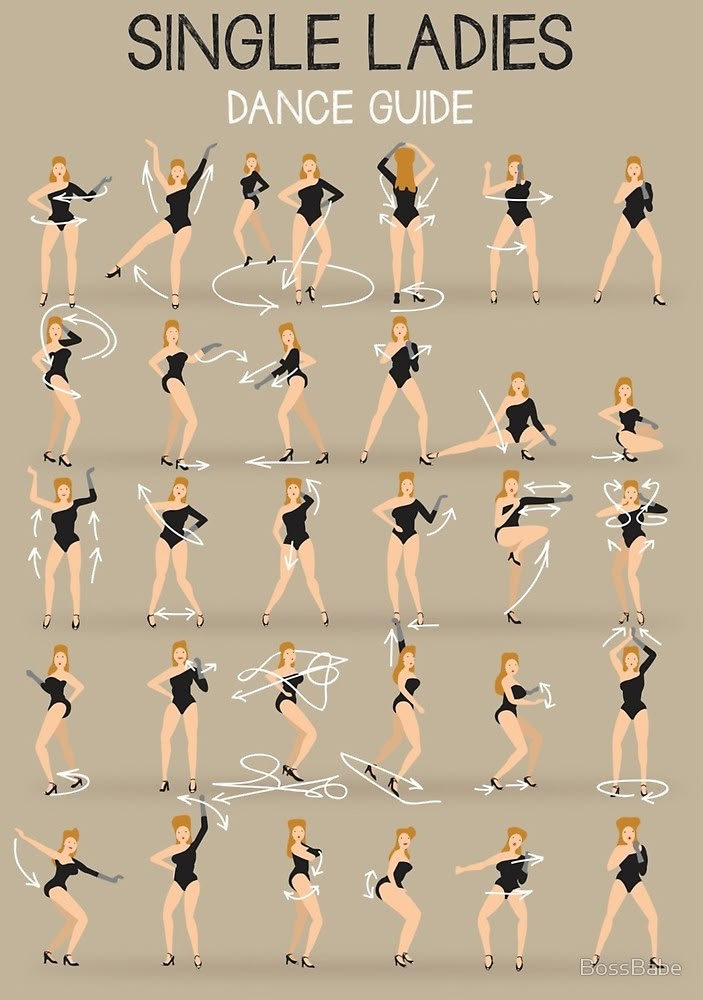How to memorize a dance fast
7 Tips for Improving your Choreography Memory
From very early on, dancers are taught the importance of being able to learn choreography.
Learning the choreography is just as critical as building proper technique. Your ability to learn and remember will be crucial to your ability to dance.
Here are seven tips to help boost your memory and be able to learn and retaining choreography.
Recognize the patterns.
Dances and movements often have segments that appear in many moves or patterns that repeat. Once you recognize these, you can use them as helpful shortcuts and memory aids.
Seeing these patterns also means if something doesn’t fit the usual template, it will really stand out, making it easier to remember.
Find a dance buddy.
The first resource you should always use when learning and reviewing choreography is a fellow dancer.
They might not know exactly what your steps or spots are, but they can at least help you fill in the memory blanks you might be having. Reviewing together can help both of you understand and retain the choreography.
Mark your movement.
“Marking” is when you simulate movements with partial gestures. It’s a quick, easy way to mentally review, allowing you to get in some practice and repetition without having to do moves full out. You can do this while sitting or lying by just making micro-movements with your hands or feet, filling in the rest with your imagination.
[Hunger decreases your ability to focus during class. Check out this dancer’s snack list to avoid distracting hunger while learning choreography.]
Grab a notebook.
Write down your steps after learning new choreography. Always have a notebook in your dance bag with you. Spend time after class or rehearsal writing down steps, corrections, and notes. You can reference your notebook any time, and the notes will come in handy when you revisit.
Absorb the music.
Ask the choreographer for a copy of the music. Listen to the music and visualize the choreography. Listen to the music on your commute while you’re making dinner or at the gym.
Listen to the music on your commute while you’re making dinner or at the gym.
Review before bed.
Recent studies show that the best time to study information is before going to sleep. As you sleep, your short-term memory (events or information that you processed during that day) converts into your long-term memory (memories that stay with you longer than a few days).
By reviewing right before bed, the choreography is more likely to convert to your long-term memory, which means you’ll remember it better!
Create muscle memory.
The best way to learn and remember is through repetition. If you do something repeatedly, then your body will start to do it on autopilot. So, drill a section of choreography 50 times if you need to. The more you do it, the more you will imprint the move into your muscles and brain.
Learning to memorize choreography will naturally get easier with experience. But if you want a quicker and more fool-proof way to remember choreography, put these seven tips to practice. Try them at your next Evolution Dance class.
Try them at your next Evolution Dance class.
For more dance tips and essential class information, be sure to follow our informative blog and on social media.
5 Tips to Help You Remember Choreography
Have you been struggling to remember the moves in dance class? Are your auditions coming up?
Here are some tips to help you memorize choreography like a pro. No more freezing or falling behind!
5 Tips to Memorize Choreography
1. Chunking
Chunking is a memorization technique where you learn something in separate sections, then group the sections together at the end.
We use chunking to remember things like phone numbers, addresses, and even song lyrics.
For example, 678-999-8212 is much easier to memorize than 6789998212.
In your dance class or audition, the teacher will probably teach the routine sections already.
But you can chunk the moves into lengths that work for you, whether this means going 1 8-count combo at a time, or separating the piece into 2 halves.
Chunking is a great tool to help you memorize choreography, but sometimes, you can get stuck between those chunks.
It doesn't matter how well you know each chunk – you have to make sure you're connecting them together seamlessly.
2. Connect the chunks
There's a trick to connect those chunks that we talked about in this video:
Basically, always practice a few moves / counts before a chunk, and even after the chunk.
Although dance choreography is usually taught to 8-counts, the dance is performed to the sounds in music – which don't go by cleanly cut counts.
So don't start and stop your movements according to their chunks.
Blend by transitioning the moves in between them. Because the whole thing is really 1 dance! *cue Drake*
3. Use contexts in the song
As we mentioned in Tip #2, you dance to music.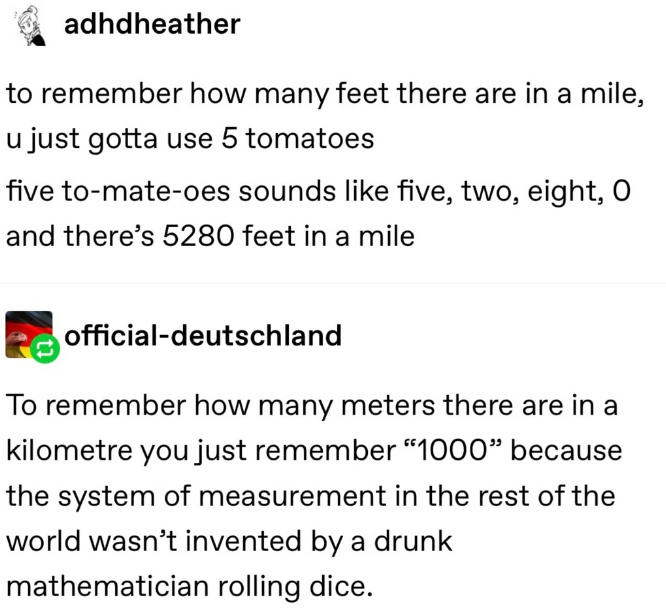
The choreographer made the routine to music.
MUSIC.So, a good way to learn and memorize choreography is to follow... the music!
For example:
Let's say a song / piece goes through the flow of...slow, melodic intro → UPBEAT, POWERFUL CHORUS → iNtRiCaTe beat kill-off to end
You probably won't start finger-tutting in the first section or forget that you're supposed to do heavier movements in the middle.
We always tell you to listen to the music to catch musicality nuances, so you know what textures you should use.
But you should also listen to simply understand the arc of the song, and how that dictates the routine.
4. Make up your own "personal cues"
In our "What is an 8-count” video, we talked about how dancers use counts to map out their choreography.
Counts are a good skeleton to base your memorization off of, but the numbers don't actually provide a ton of information.
They keep track of the rhythm and quantitatively measure where you are in the piece, but they don't tell you how to dance.
So let's get more descriptive than the counts.
Use sounds or actions that you come up with yourself that will actually help you memorize the moves and how you should be executing them.
Here are 4 examples of personal cues that you can use:
1. Naming the moves
Count this out loud:
"1 and 2 and a 3 and 4"
Now, say this out loud:
"Right left push, turn around, look dip."
The latter gives you the same information as the first 8-count (tempo, when the movements take place) and it ALSO hints at the moves themselves!
I personally find this trick most helpful for footwork.
As I'm learning, I'll memorize choreography as:
"Kick ball change, and left and right. Right left right left right, out, together."
2.
 Snapping
SnappingUnlike naming the moves, snapping is more for your body to remember the moves.
I've seen people (Dezi Del Rosario does this a lot) use snaps to mark the points in the moves.
This really forces your body to get to that point while dancing, because you've conditioned it to snap in a certain position.
3. Breathing
Breathing is similar to snapping in that it'll train your body to memorize choreography – use it to remember to slow down or dial back the energy.
You know those pieces where there's a crazy fast combo, then you go into a chill groove???
That sudden drop in energy would look clumsy and out of place, if you didn't breathe through it.
Choreographers might even count that part of the choreography using breaths.
Use cues in your own breathing to memorize choreography parts that are more relaxed.
4. Using obscure sound effects
David Lee loves using whatever sound to mark his movements.
No matter how silly they sound 😂
When you use these personal cues, whether it's naming the moves, snapping, breathing, or making up sounds...
You’re building your own version of the piece that makes sense to you.
When you do this, the dance routine feels more natural and easy to remember.
5. Drill the moves into your muscle memory
This is a simple tip, but so important that I MUST mention it!!!!
Repetition.
If you do something over and over again, then your body will start to do it on autopilot.
So drill a section of choreography 50 times if you need to. Heck, do it 100 times!
This way, even when you have a brain fart, your body can simply take over.
...
And into your visual memoryYes, doing the dance over and over will help your body memorize it.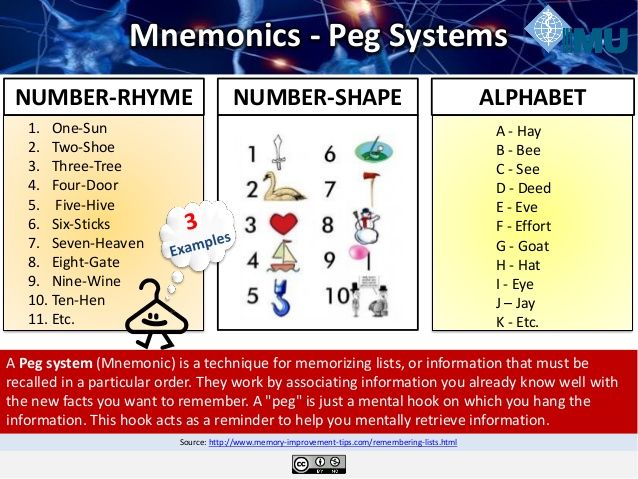
But it can also be just as effective to watch it over and over, too.
Take a recording of the choreographer or teacher, or of yourself doing the piece, and let your eyes and mind absorb it.
Use all the tips we talked about in this article as you're watching the piece (not just while learning it).
For example, observe how the movements follow the music (Tip #3) or use counts, snaps, breaths, or noises that make sense for you (Tip #4).
Learning to memorize choreography will naturally get easier and easier with experience.
But if you want a quicker and more fool-proof way to remember choreography, put these 5 tips to practice!
Try them out in your next STEEZY Studio class. Sign up here to start for free.
90,000 12 life hacks, to quickly learn how to dance from Mamita DanceDances
Author: Pavel Gather
Psychologist, Lecturer Salsa and Tango
Dances
Author: Pavel Pavel
Psychologist, Lecturer Salsa
on At the start, you always want to get a quick result.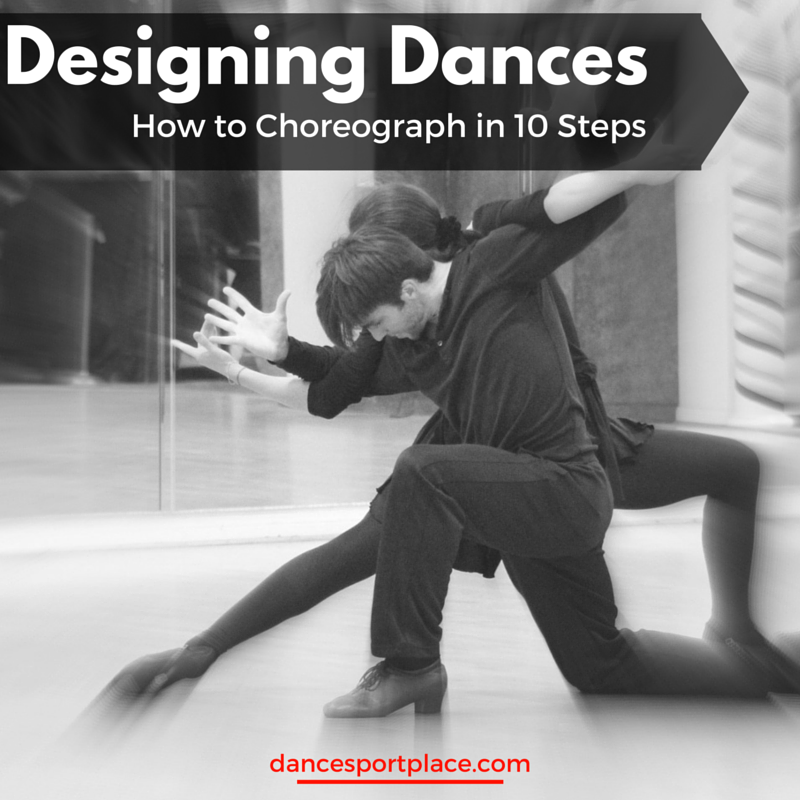 When it doesn't happen, the hypothesis arises that everything takes time. After a conditionally acceptable time, humility comes to mastering pair dances, which, perhaps, is not given, and I will just do what I learned somehow.
When it doesn't happen, the hypothesis arises that everything takes time. After a conditionally acceptable time, humility comes to mastering pair dances, which, perhaps, is not given, and I will just do what I learned somehow.
This is the most common story of those who believe that the mere act of attending a pair dance class is enough to learn how to dance.
Absolutely not. If you want to really dance well, you have to make an effort outside of the dance class. A good teacher will definitely be needed, but the initiative should be on your side.
1. Listen to music
The most common and accessible advice that is given already in the first lessons. And it definitely works. Music creates a certain atmosphere of the dance and intuitively you want to move to it. It doesn't matter where you listen to music - in the car, on headphones while walking or doing household chores.
An addition that will help you dance better is your active participation in the music.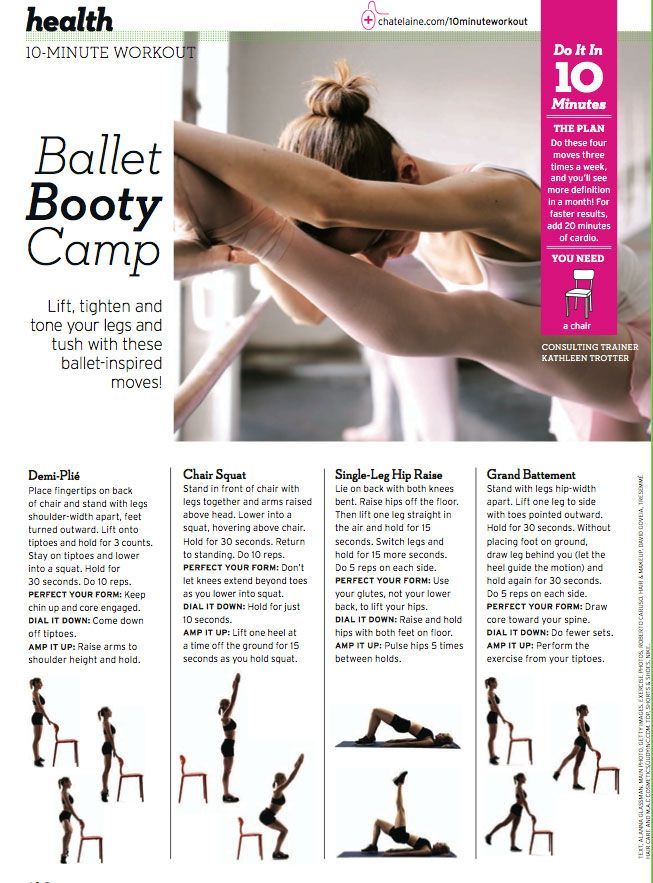 Sing along, dance or simply beat musical accents with any free parts of the body. In the subway, for example, it is enough to tap out bright moments with your fingers, in the car to sing along with sounds, and at home you can jump for pleasure.
Sing along, dance or simply beat musical accents with any free parts of the body. In the subway, for example, it is enough to tap out bright moments with your fingers, in the car to sing along with sounds, and at home you can jump for pleasure.
2. Watch videos of good dancers
It's complicated, but also obvious. It’s more difficult, because without recommendations from more experienced dancers, unfortunately, it’s not so easy to find a good quality video on the net (I mean not the resolution quality, but the content itself).
Meaningful video viewing is about building an understanding of HOW dancers make a particular impression on a partner or viewer. Technology is at the heart of everything. Understanding how the pros do it is a big step forward.
It is important to distinguish a show from a disco dance, a staged performance from an improvisation, a stylized dance from an authentic one, etc. Ask for recommendations and dance teachers will always throw off a couple of videos of worthy landmarks.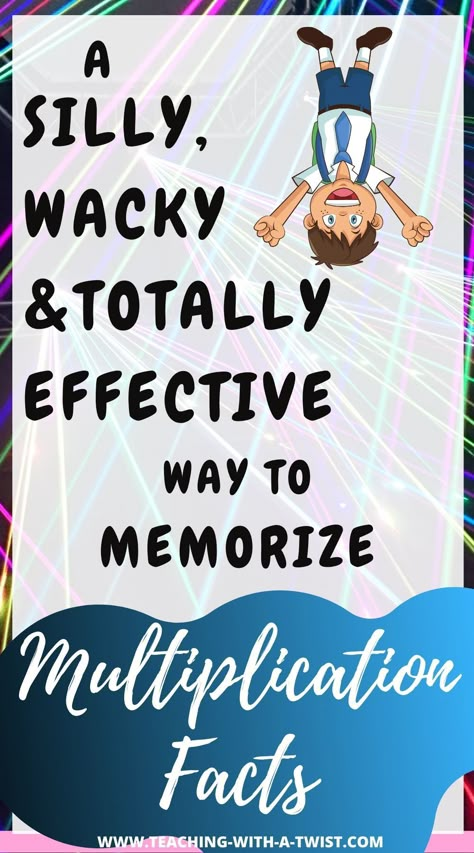
Tango Z. Showreel.
Online modern tango courses
Tango nuevo is the most advanced version of tango. We can quickly learn to dance from zero to a steep level.
| View details |
3. Dance in salsatecas/milongas/discotheques
A very delicate moment when it is worth coming to the first party. From a technical point of view, most students in 1-3 months have a sufficient set of figures and techniques to come and dance calmly. Psychologically, the same moment can be stretched out for an indefinite time. After all, it is imperative to “not lose face”, “learn more figures” and be sure what to do in case “there is an unfamiliar movement”.
In fact, the partygoers don't really care (except for a small layer of non-professional teachers who want to help inexperienced dancers by treating them as customers in the future). It is important to come and try dancing after a month of classes. You can only with friends or guys from your group. This will be enough to feel the adrenaline and inspiration from the dance.
You can only with friends or guys from your group. This will be enough to feel the adrenaline and inspiration from the dance.
4. Dance with partners or partners not of your level
The conventional wisdom that you need to practice in groups of your level does not withstand the test of experience. Perhaps now your eyes widened in surprise, and you want to meaningfully read the phrase again. Yes, you saw everything correctly: when you dance with a partner of your level, you don’t grow anywhere.
It's important to understand that not only does it work one way and you have to dance with cooler dancers, but it works even more effectively the other way. It is no coincidence that teaching pair dances dramatically raises the level of the teacher himself. You have an endless stream of very beginner dancers.
How it works. A more experienced partner needs to be "stretched". It's easy and obvious. With beginners, you need to take more initiative on yourself, see the general pattern of the dance more widely, turn on and insure more, try to be an example and be more careful. The quality of interaction begins to grow significantly. And wonderful partners too.
The quality of interaction begins to grow significantly. And wonderful partners too.
Dancing with partners of your level doesn't make you grow. Dance with both beginners and more advanced dancers
Dominican Bachata Women's Style Online Course
Want to learn how to hypnotize those around you with the most appetizing part of your body? On the course we will tell you all the secrets.
| Interesting |
5. Learn to dance for a partner and for a partner
Turks and Argentines are one of the best partners in the world. In Russia, partners are highly valued. Why? The answer is simple. In Argentina and Turkey, it is not questionable for men to ask another man to lead in one piece or another and give feedback on the quality of the lead. For them, it will be a great shame to hear moralizing from a partner, or even more so to be known in the community as an insecure partner.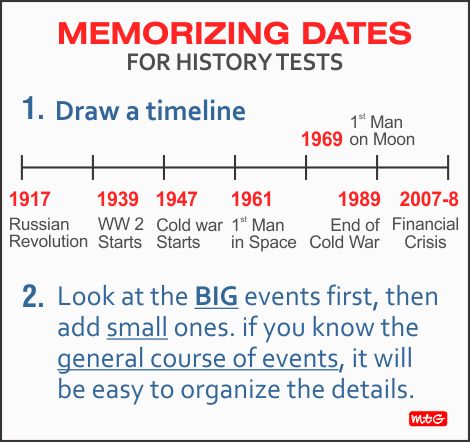
In Russia, due to the constant, often far-fetched, opinion that there are more women in pair dances, partners calmly get up and study their partner's part. Such partners then grow into very cool dancers and teachers. In no case do this at parties, only in class. Here we are talking only about the learning strategy. At parties, be yourself.
6. Do not memorize the links
Always try to look deeper and understand the through principle and idea of movement. Understanding what and how is done will make it possible to independently generate any sequences and chips.
Human memory is limited and there will always be a moment when something will escape and your repertoire will be limited by the size of RAM.
In Argentine tango, for example, there are seven levels of movement construction that, when mastered, will allow you to make millions of combinations. And how many dance sequences can you really remember? In rueda, more than 150 figures dance in a rare circle. It's hard to keep more in mind.
It's hard to keep more in mind.
7. Develop your body
Many years of experience in teaching couple dance shows that as soon as everyone pairs up in a class, any progress in individual style ends. But it is the individual style that distinguishes everyone at the disco: partners change, and style is always with you.
The body as the main instrument of dance must be very plastic, responsive and emotional. Surprisingly, not all pair dance schools have a general physical warm-up. It is vital to tune the body and understand how it works.
You can always train extra and concentrate more on the basic steps, as their true value is as body work. The sequence of steps is, in fact, the simplest thing that can be in pair dancing. The quality of individual performance determines the craftsmanship.
8. Try on the images of inspiring dancers
A psychological life hack for those who have already mastered the steps, but still feel that there is not enough brightness and drive.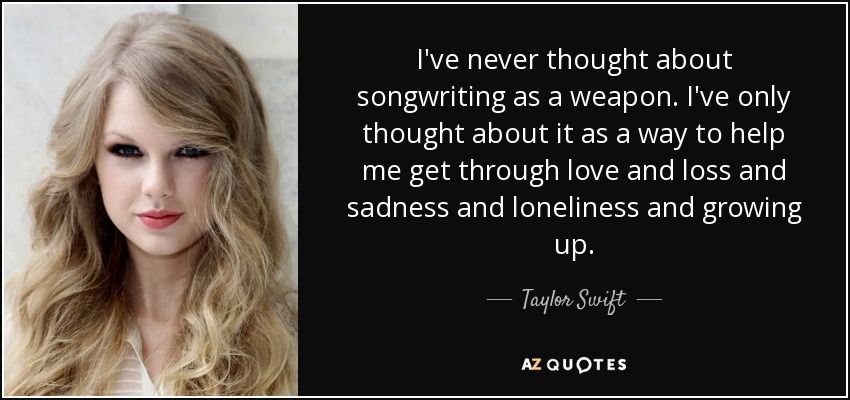 Most are terribly afraid of being someone else's "clone". Here the action is the same as under the influence of hypnosis - the more you resist, the more you plunge into an altered state of consciousness.
Most are terribly afraid of being someone else's "clone". Here the action is the same as under the influence of hypnosis - the more you resist, the more you plunge into an altered state of consciousness.
With a high degree of probability, you are already dancing like someone else's "clone". A meaningful fitting of someone else's image is that you mentally take the image of the one who inspires you (inspiration is critical in this case) and "put on" yourself. Then you start dancing and trying to feel in general how it is to be able, for example, to be the best partner or the sexiest partner in a disco. This is much more difficult than it seems. But it works extremely efficiently.
9. Dance to offbeat music
Habitual rhythms keep you tight. Tango salon or speedy timba leave little room for experimentation and fantasy. Pattern dancing is always noticeable and is reserved for beginners.
The truly new is born outside of the usual. Look for places to experiment. If there is no place, organize self-training. The main thing is not to get carried away, because music determines the style. We bring something new to pair dances, rather than trying to change them.
Look for places to experiment. If there is no place, organize self-training. The main thing is not to get carried away, because music determines the style. We bring something new to pair dances, rather than trying to change them.
Search, improvise, don’t be afraid to go beyond, develop in different directions, be inspired by music atypical for the style
10. Try your hand at basic dance directions
dances exist according to their own non-choreographic laws.
This is the deepest delusion, which has turned into a ceiling for the qualitative development of partner dances. After all, all professional dancers, for example, in salsa or bachata, build their ideas on the basic choreographic principles.
Do not think that choreography is only applicable on stage. Any meaningful movement of the body can be choreographic. In general, try classical or modern choreography. Basically, hip-hop can work too.
11. Look for battle sensations
Pair dances return us to an active position of manifestation of our body. As in the days of our ancient ancestors, we impress the members of the opposite sex by how dexterous, hardy, sexy, etc. we are. Modern laws of the jungle in the entourage of big cities.
If you look around the dance floor, it becomes clear that the majority are clearly herbivores (not in the sense of vegetarians, but in relation to those around them). I am sure that predators are always more interesting in terms of the attractiveness of the image - try to find a counterbalance among herbivores, for example, a cat woman or a lion man.
The conversation is about an internal position, not about aggressiveness. Lability and lack of control are inherent in adolescents, and not in adult self-sufficient people.
Accordingly, even a training or friendly battle gives, on the one hand, practical skills - to make a bright sequence of movements, bring an idea to a climax, show a spectacular feature, on the other hand, develops the psychological basis of the dance - self-confidence, resistance to extraneous attention, self-control and self-control in complex elements.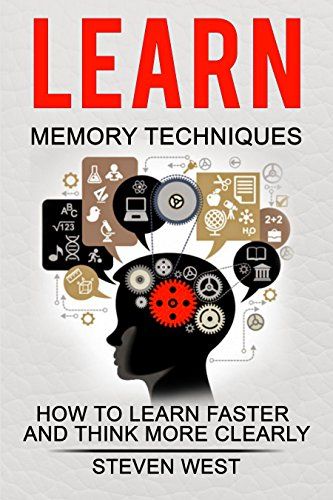
12. Communicate with professionals
The environment shapes the internal position. Basically, real passionaries of the dance community are ready to openly talk, discuss and support the development of dance in every possible way. Universal principles and the ideas they articulate have a much longer and more practical perspective than meets the eye.
Accept that, for example, behind the words "listen to your partner" is not only a beautiful metaphor, but also a practical skill to literally listen to your partner. At the same time, always treat every thought, even the most respected teacher, as a private opinion.
Your skill will lie in finding the scope of the idea even in conflicting opinions. Most often, the contradiction is speculative and the truth lies in the angle of perception or situationality.
Your dancing growth will stop sooner or later. This can happen at the level of three basic steps or years of experience in teaching and show performances.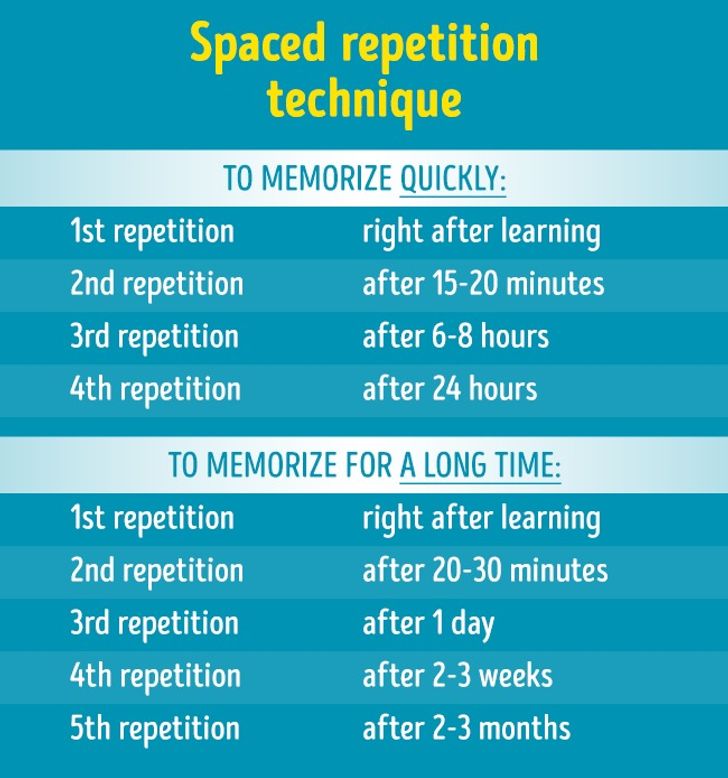 Regardless of your level, the suggested 12 life hacks can get you off the ground and greatly accelerate your dance growth. There is no way here without your motivation and activity. Take your dance development into your own hands. 9Ol000 Dangerous sexuality
Regardless of your level, the suggested 12 life hacks can get you off the ground and greatly accelerate your dance growth. There is no way here without your motivation and activity. Take your dance development into your own hands. 9Ol000 Dangerous sexuality
Salsa: destroyers of stereotypes
Couple dancing as a source of strength.
Self-destruction of the couple dance community
The Salsa series as a mirror of the community
Mamita Fridays: salsa, bachata
Destroying the myths about leading pair dances
Does dancing make us better?
The seven deadly sins of teachers
Why we will never dance bachata like the Dominicans
Why tango?
Dispute over musicality
Selection of dances according to alcohol preferences
Where to find inspiration for dancing?
Terrible tango nuevo
Distribution of roles in a salsa party
Argentinean tango through the eyes of a salsa dancer
Is there a predisposition to dancing?
Which is more effective: individual or group lessons? 15 December 2019 Likbez Sports and fitness
Master the basic moves, then improvise and have fun.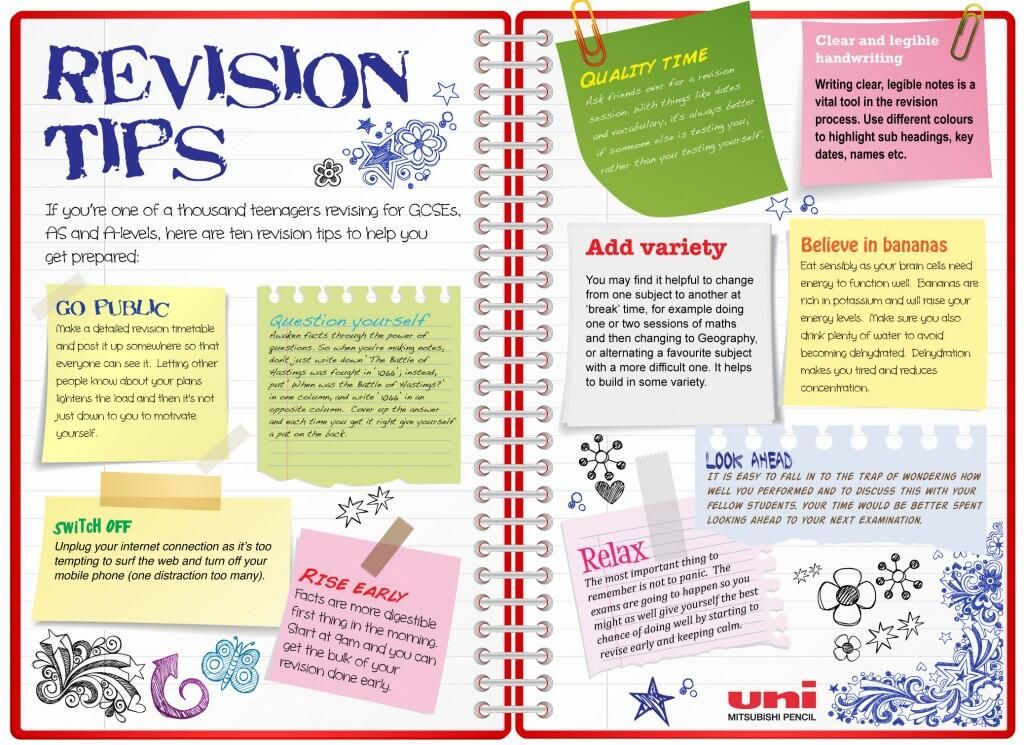
Iya Zorina
Author of Lifehacker, athlete, Candidate Master of Sports
This dance style includes a lot of freedom and improvisation. That is why he is so good. You can master the basic movements in a couple of hours, and then complicate them to infinity and combine them with each other, create your own combinations and spy on others.
Dance in sneakers, socks or barefoot, in any outfit, anywhere.
Master the basic movements of the shuffle
In this style, you do all the basic movements with your feet, the hands most often move freely - according to the heart.
Running man
This is the most basic and essential shuffle movement. You can do it in three different ways.
Full foot
The movement begins by bending your knee and lifting one leg. Next, you need to simultaneously put both legs - supporting and raised - at a distance of one step from each other.
The raised leg is placed forward on a full foot, the standing one behind slips back on the ball of the foot and remains on it - the heel is not placed on the floor. The weight is evenly distributed between the two legs.
After that, it remains to return to the starting position. To do this, the front leg slides back, and at the same time, the back leg is pulled up. You find yourself in the starting position and repeat the cycle. The movement itself is soft and springy: do not stick into the floor, keep your legs relaxed.
Heel
This is a lighter and faster running man look that may be needed for some combinations. Here you put your foot not on the whole foot, but on the heel. At the same time, the one standing behind remains on the toe.
On pads
In this variation, the foot is placed forward on the pad. At the same time, the one standing behind also remains on the ball of the foot, and the body leans slightly back.
T-step
In this movement, one foot constantly makes a “herringbone” - turns the heel in and out - and the second touches the floor and immediately rises back.
When the heel of the skating leg turns inward, the toe of the other foot touches the floor; when outward, the other leg rises, turning the knee inward.
It turns out two positions: closed - when the legs are wrapped with the knees inward, and one leg is raised, and open - when the legs are turned out with the knees outward, and the toe touches the floor. Practice doing the T-step in both directions: slowly at first, then with acceleration.
Rocking
You jump on one foot while the other touches the floor in different places: on the side of the supporting leg, across, behind - anywhere you want. You can put your foot on the toe or on the heel - the latter is called a kick. The supporting leg can simply rise low or perform a T-step - move the heel out and in.
Charleston
To begin, you turn your knees and toes inward and lift one leg. Then turn your toes and knees outward, and put your raised leg forward crosswise. Repeat the same with the other leg.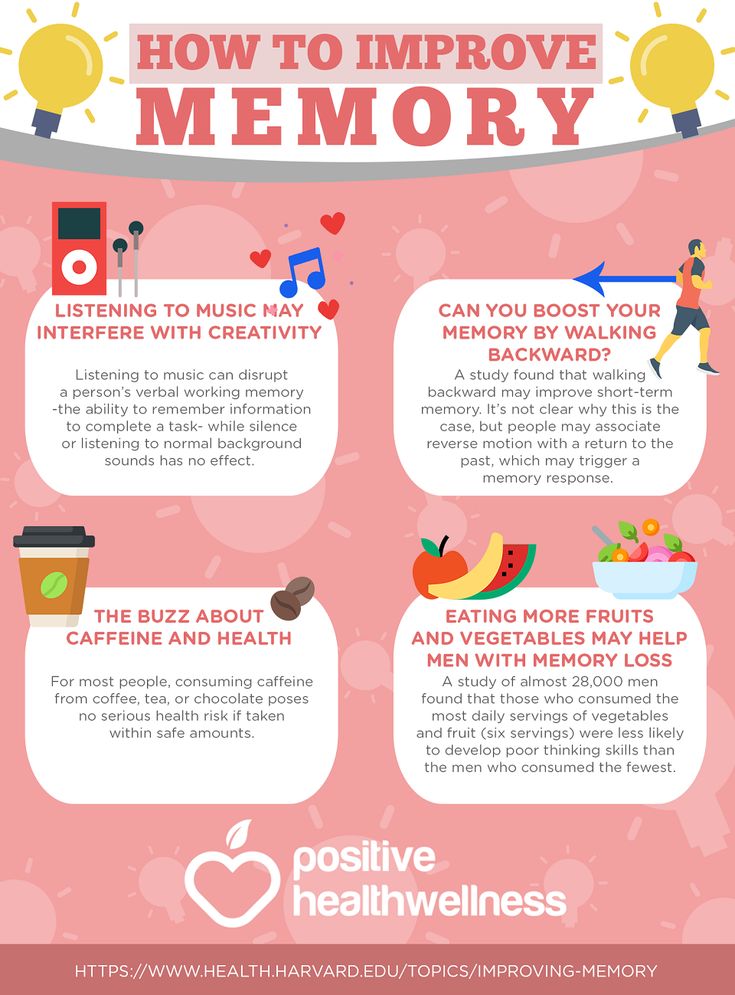
All movement occurs on the balls of the feet, the heels do not fall to the floor. You can move both forward and backward.
Diamond
First, with a jump, you put your feet crosswise with your toes out, then you also spread your legs to the sides with a jump.
Slides
One leg is straight, stands on the whole foot, the other is with a bent knee on the pad. Leaning on the pad, you slip the foot of a straight leg back, as if wiping the sole on the floor.
Immediately after the slip, you turn around. In the turn, the straight leg bends and goes to the pad, and the one that was on the pad, on the contrary, turns on the heel. After that, it remains only to change legs and move in the same way in the other direction.
Scissors
From the starting position - standing with a raised leg, as in Running man - you turn your hips to the side with a jump and put your legs crosswise.
The front foot is on the heel, the back foot is on the ball. Then you jump back to the starting position and do the same on the other side.
Then you jump back to the starting position and do the same on the other side.
Sidekick
From the starting position, you turn your hips to the side with a jump and spread your legs a step apart from each other. The standing foot in front is placed on the heel, the standing one behind remains on the pillow. Then, with a jump, you collect your legs and do the same on the other side.
Try other variations of the basic shuffle movements
You can perform basic movements in different directions: forward and backward, turning around. This will give you more freedom to improvise.
Variations Running man
Do several times in place and then turn around. You can also try walking this way to the side. Each time the leg will need to be placed slightly crossed in order to slowly move to the side.
Variations T‑step
You can lower your foot on the toe, on the whole foot, touch the floor to the side of the supporting leg or forward and behind it.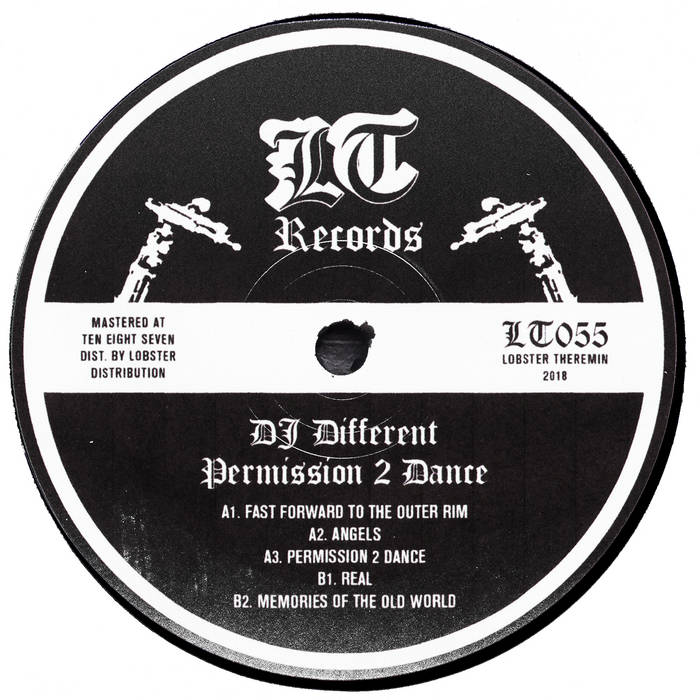
You can also keep the other leg on the floor at all - leave it on the toe and turn the knee in and out.
Variations Diamond
Here, one more element is added to the movement - the heel strike. In the starting position, you wrap the toes of the feet and knees inward, and then jump on the heels, turning the socks to the sides.
From this position, without jumping, you turn your toes and knees inward, cross your legs with a jump, turning your feet with your toes outward, and then return to the starting position.
Charleston Variations
After three turns of the Charleston, turn both toes in one direction and then in the other. At the end, you can turn the knee to the side.
Connect familiar shuffle moves
While you lack the skills to move freely and come up with something of your own, learn a few combinations. They contain interesting movements that will replenish your dance vocabulary.
Combination 1
This is a simple combination of two basic movements - Running man and T-step. First take five Running man steps, then four T-steps to the side and repeat the same in the opposite direction.
First take five Running man steps, then four T-steps to the side and repeat the same in the opposite direction.
Combination 2
Another combination of two basic movements. Here you do three Running mans, then one T‑step with a back foot touch, and two front heel touch kicks. The same on the other side.
Combination 3
There are no standard steps here, but there are already familiar Sidekick and transition from heels to toes.
Learn more difficult combinations
We will add some videos with good combinations.
1. Cool video for beginners: movements are repeated in slow motion to make it easier to dance to the music.
2. And here the combination is analyzed step by step in slow motion, dividing it into three parts. Very comfortably. Look for more on this channel, there are several such analyzes.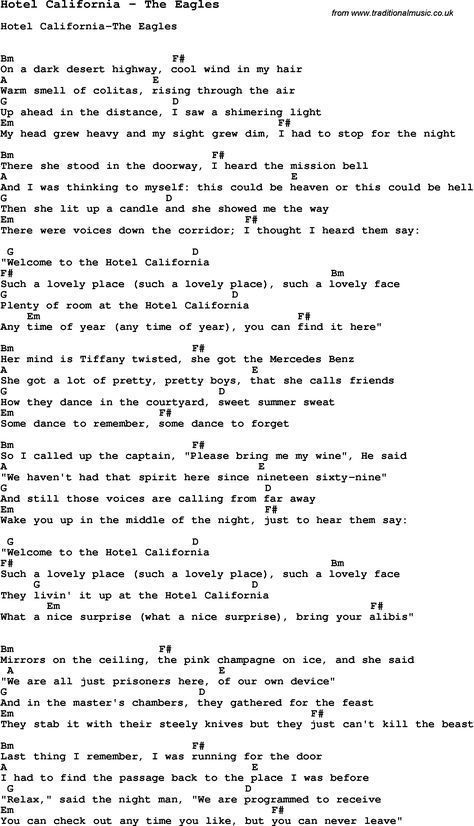
3. No slowdown here, just a great combination. But you already know almost all the movements, so you can figure it out. If something is not clear, watch the video at a speed of 0.25.
Pick up the music and improvise
Surely you have favorite songs to shuffle to. Include them and start with basic movements: just do the Running man and periodically add different elements when you want. Move in different directions, relax and have fun.
If you don't have favorite tracks, try our selection.
I must say that the shuffle is an amazing cardio workout. In just a couple of tracks, you will be out of breath and sweat, like after a run, but you will feel absolutely happy!
What's more, if you have to force yourself to keep going while running, shuffle requires you to have the willpower to stop and not dance.

